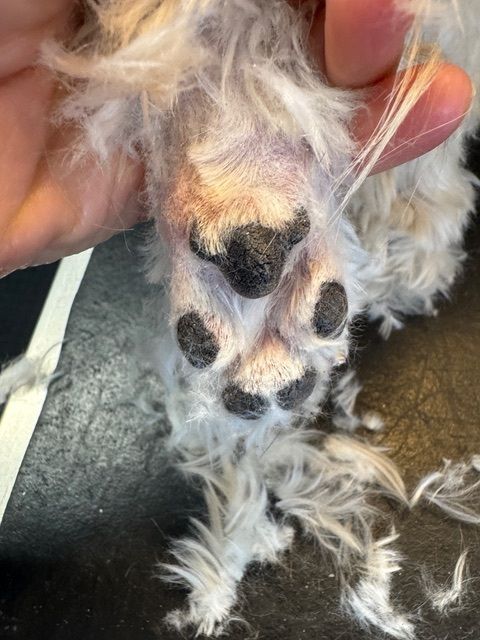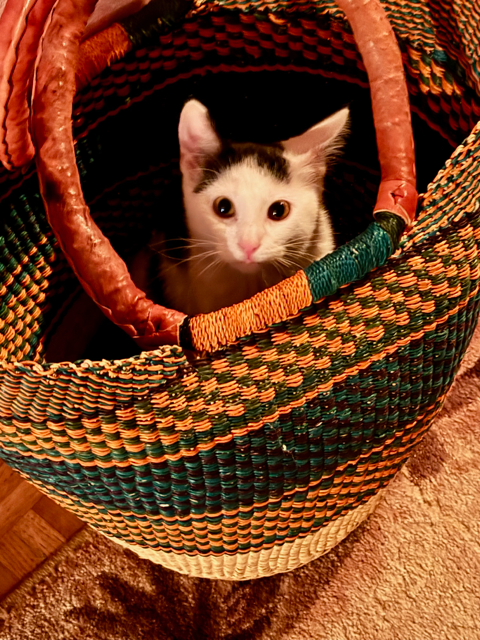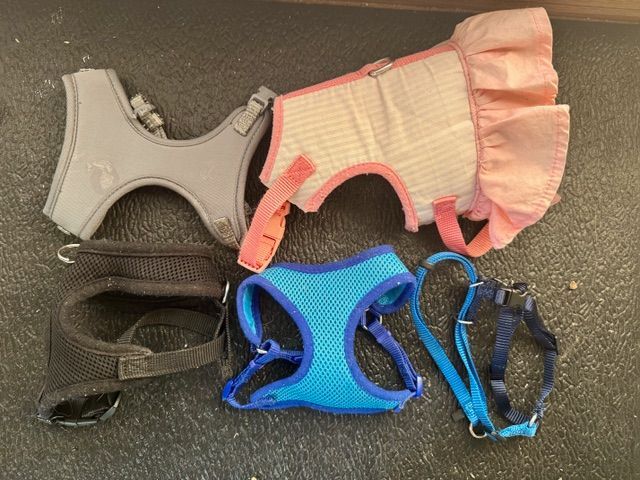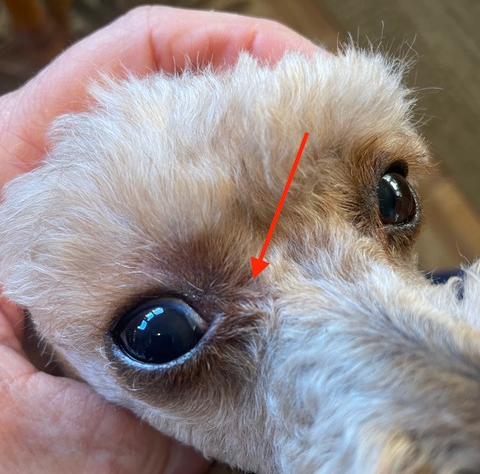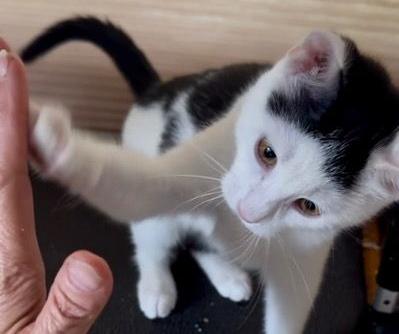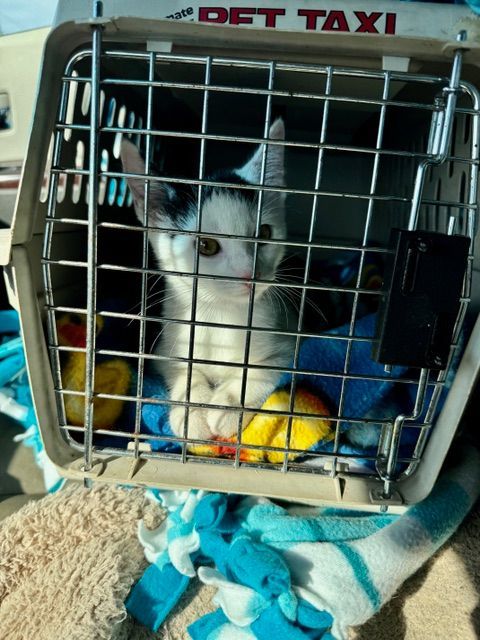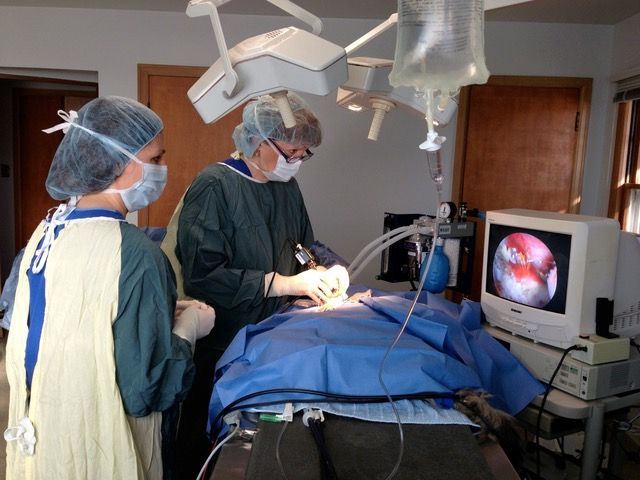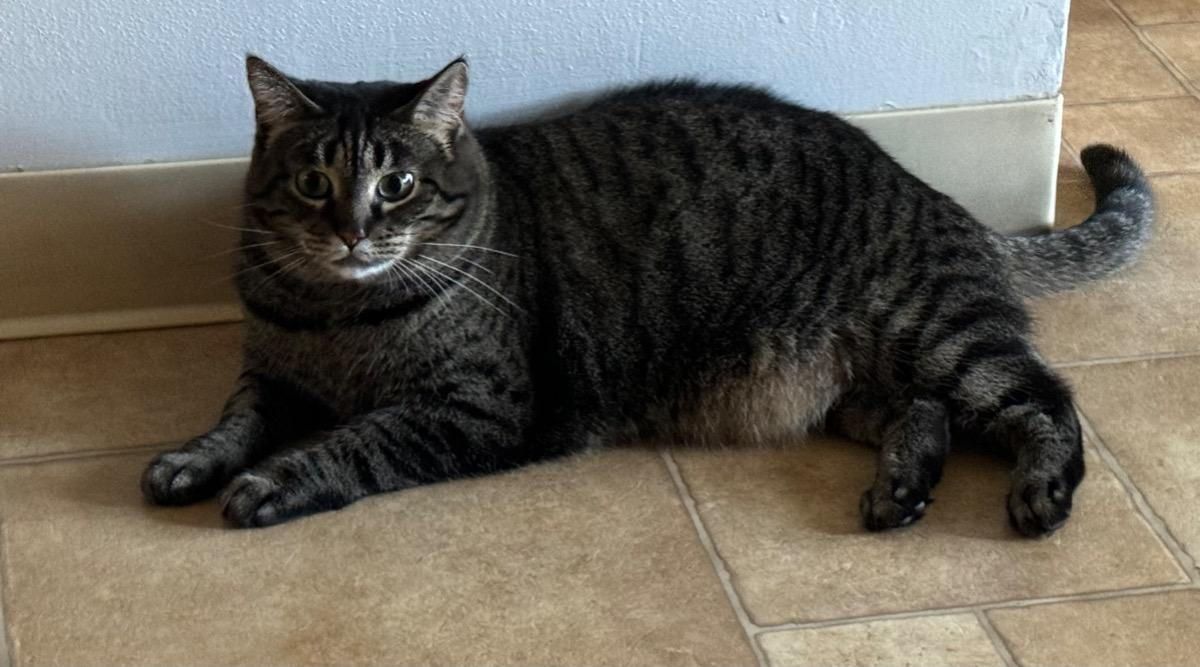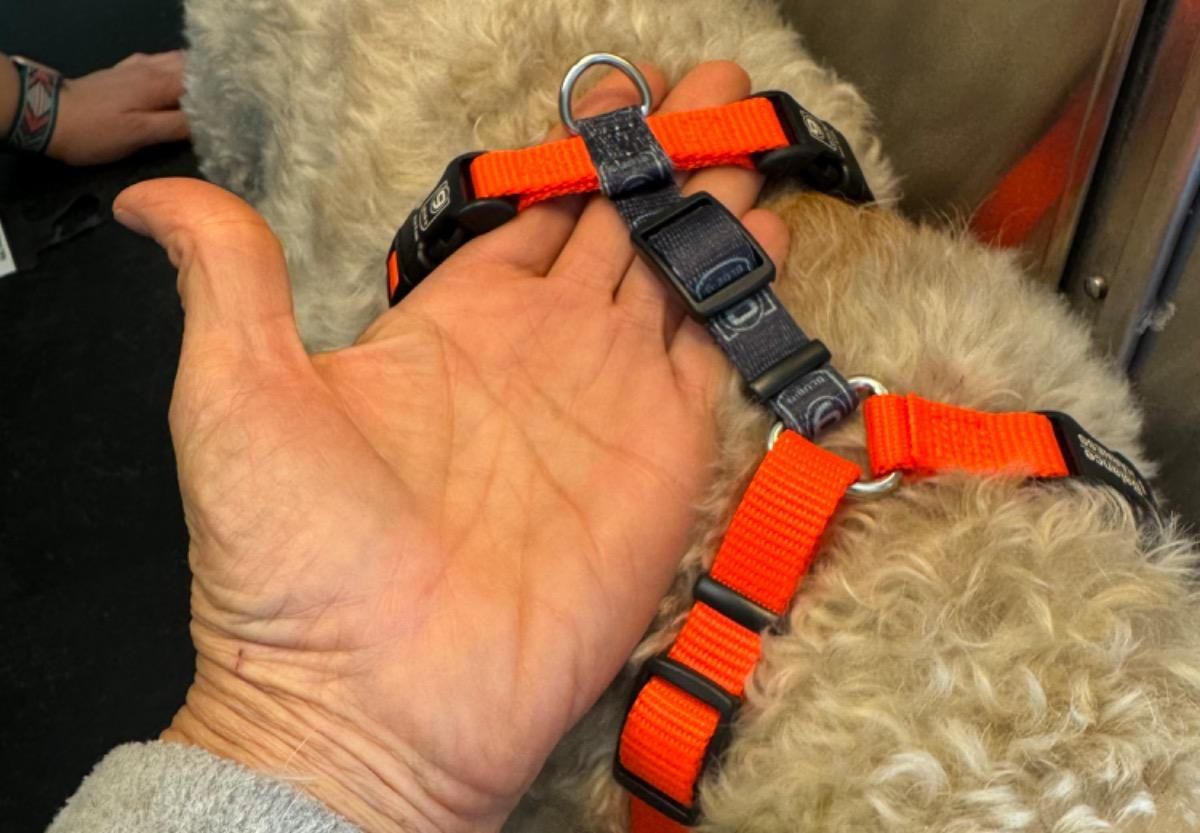Why Dogs are Reactive to Babies and Children, it can be puzzling
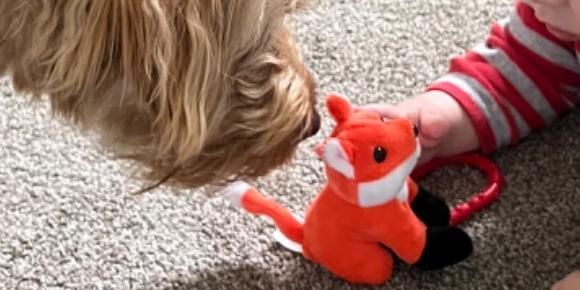
It can be puzzling for adults to understand why dogs may be afraid or reactive to children. Toddlers often exhibit more unpredictable behaviors than adults, and their odor can also seem unusual to dogs.
The movement and sounds that babies and young children make can be frightening for dogs. Sudden motions and high-pitched noises can easily startle them.
Additionally, children are much smaller than adults, which can make them appear less familiar or even intimidating to a dog. A dog may interpret a child's smaller size and posture as submissive or nervously aggressive.
Many dogs lack experience with toddlers, leading to uncertainty about how to behave around them. Past negative interactions with children can heighten this fear and anxiety. Moreover, dogs that are protective of their space or belongings might view children as potential threats.
Children often don’t understand the proper way to approach or interact with dogs, which can result in behaviors that make dogs uncomfortable, such as sudden movements or loud noises. It's crucial to supervise children 100% of the time when they are around dogs.
Tips for Safe Interactions:
1. Slow Introductions: Always introduce your dog to children gradually in a controlled setting.
2. Positive Reinforcement: Praise and reward your dog with treats when they remain calm around kids.
3. Educate Children: Teach kids how to approach and interact with dogs respectfully, ensuring they use gentle hands when petting.
4. Ask Permission:: Always check with the dog's handler if petting is allowed when meeting a new dog.
5. Learn Dog Body Language of dogs: Educate yourself on dog body language—remember, a wagging tail does not always mean a dog is friendly.
By understanding these points, you can help create a safer and more comfortable environment for both dogs and children!
Always supervise and educate.
